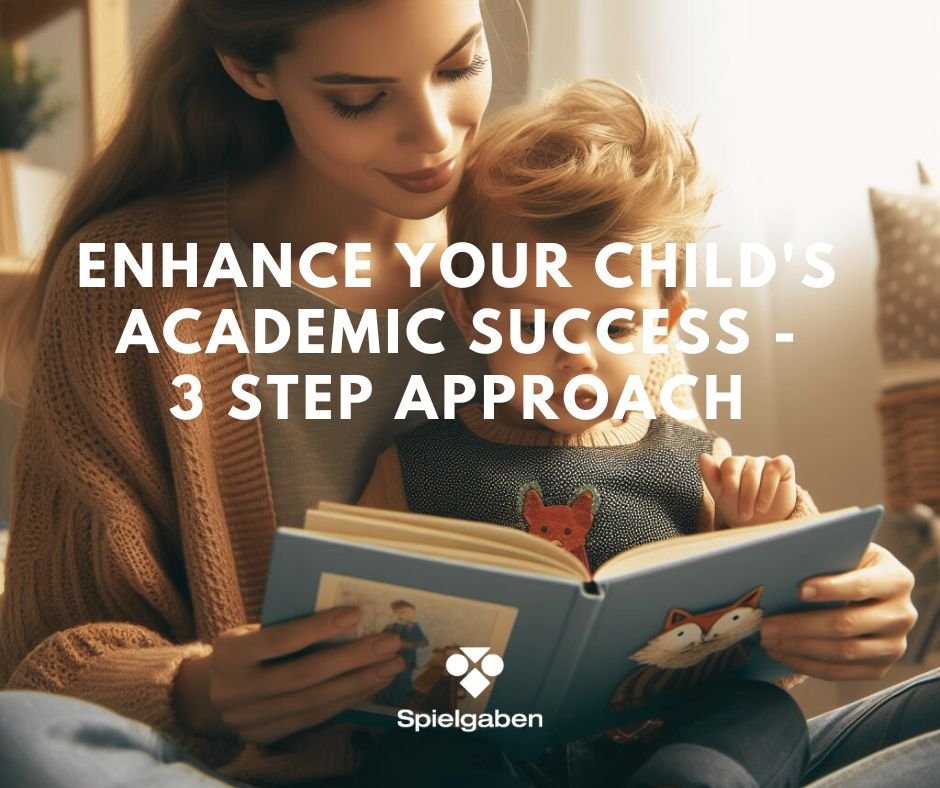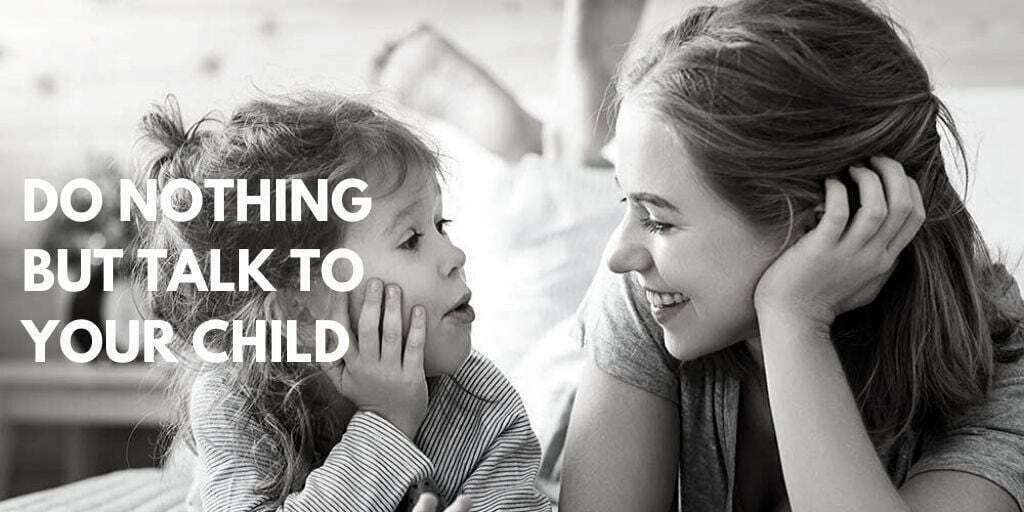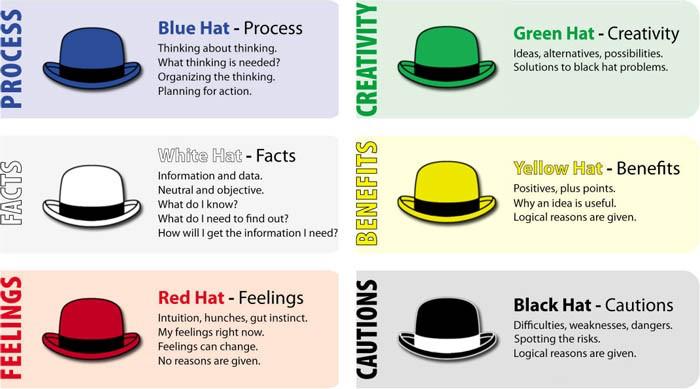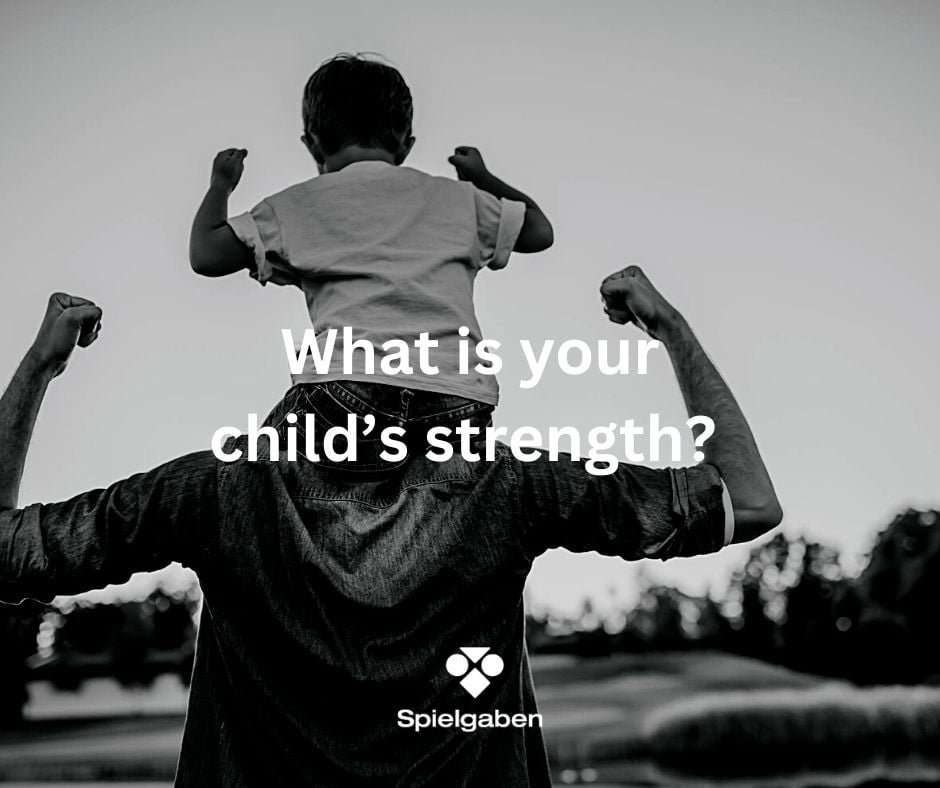Stop Controlling Your Child: The Radical Truth About What They Really Need
Have you ever wondered why you explode at your child over something small—like when they ignore you for the fifth time today?
Here’s a shocking truth: You don’t actually love your child unconditionally. Yes, you love them immeasurably, but that love comes with strings attached—strings of control, expectations, and your own unhealed wounds.
What if I told you that 90% of your parenting struggles aren’t about your child at all? They’re about you. And once you understand this, everything changes.
Why Your Love Has Conditions (And How to Fix It)
You’re Parenting from Your Wounds, Not Their Needs
Stop for a moment and ask yourself: When was the last time you punished your child because they didn’t meet your expectations?
When your daughter brings home a B instead of an A, or your son quits the soccer team you were so proud of—what happens? You withdraw. You lecture. You control.
Because deep down, their “failure” feels like your failure.
Here’s the truth: Parenting isn’t about raising the perfect child. If it were, it would be called “childing.” Parenting is about you—your triggers, your ego, your unhealed inner child desperately trying to feel seen through your child’s achievements.
The Control Trap Everyone Falls Into
You micromanage their homework. You orchestrate their social lives. You even try to control their emotions—putting a positive spin on their sadness because you can’t handle seeing them in pain.
Why? Because when your child doesn’t follow your agenda, you feel threatened. Your ego kicks in, screaming, “I need to be right here!”
Today, you can break this cycle. Start by asking yourself one simple question the next time you feel the urge to control: “Why am I threatened if my child doesn’t follow my agenda?”
That question is your first step toward freedom—for both of you.
Discover Your Ego Mask (It’s Running the Show)
The Four Types of Parents Who Can’t Stop Controlling
Everyone has an ego. But how does your ego show up when you’re triggered?
The Fighter manages fear through anger. You rage to feel powerful. When your child talks back, you explode because, deep down, you’re terrified of losing control.
The Fixer panics at every problem. You rush in with solutions because sitting with uncomfortable feelings terrifies you. Your child’s struggle feels like your failure.
The Feigner projects success at all costs. You need your child to look perfect because if they succeed, you feel validated. Their achievements mask your insecurities.
The Freezer withdraws at the first sign of conflict. Emotional connection feels dangerous, so you disappear—physically or emotionally—because it’s safer than being vulnerable.
Which one are you? Because once you know, you can stop the cycle.
Your Childhood Created This Pattern
Here’s what happened: Your parents wanted you to be a certain way. To avoid disappointing them, you wore a mask. You divided yourself in two—your authentic self and your ego, the protector who learned to hide your true feelings.
Now? You’re doing the same thing to your child.
Yes, you’re perpetuating the exact pattern that wounded you. Your ego behaviors—yelling, withdrawing, micromanaging, shutting down—aren’t protecting anyone. They’re damaging your relationship.
But here’s the good news: Once you identify your triggers, you can release them. Your child isn’t responsible for your inner wounds. Stop making them pay for what your parents did to you.
How to Actually Accept Your Child (It’s Harder Than You Think)
The Six Types of Children You Might Be Fighting
Want to know why your parenting strategies aren’t working? Because you’re trying to force your child into a mold they’ll never fit.
The Anxious Explorer snaps at the slightest trigger. They’re wildly imaginative but obsess over worst-case scenarios. They don’t need you to fix their anxiety—they need you to stay calm when they spiral.
The Hyperactive Explorer breaks rules and flouts conventions. Society labels them “defiant” or slaps an ADHD diagnosis on them. They don’t need to be tamed—they need you to honor their unconventional spirit.
The Overdoer pleases everyone until they crack. They seem like a dream child, but inside, they’re drowning in pressure. They don’t need more expectations—they need you to stop hijacking their soft nature with your ego.
The Dreamer Recluse lives in their own world. They’re introverted, forgetful, and puzzling to conventional peers. They don’t need to be “fixed”—they need you to stop forcing them into a conventional mold.
The Rebel Non-Conformist speaks their mind and won’t back down. They rebel when disrespected. They don’t need to be controlled—they need you to respect their drive.
The Easy-Breezy Child wants to coast through life at their own pace. They don’t need your panic over their “lack of ambition”—they need you to trust they’ll get where they need to go.
Which one is your child? Because once you stop fighting their nature, you can finally see them.
Stop Labeling Your Child as “Good” or “Bad”
Every time you call your child “good,” you’re really saying: “You make me feel like a good parent.”
Every time you call them “challenging,” you mean: “You make me feel like a bad parent.”
Here’s a real-world example: Your nine-year-old is a talented pianist. Suddenly, they want to quit. Your first instinct? Push discipline. Demand they stick with it. Appeal to being “hardworking.”
But what if you said this instead?
“I can see you don’t like piano right now. I’ll come with you to your next few lessons, and we can check in about how you feel each time. If you still don’t like it, I’ll help you discover a next step that feels good to you.”
You’re not encouraging them to adhere to a label that serves your ego. You’re empowering them to listen to their intuition.
That’s the difference. And it changes everything.
Three Powerful Ways to Connect Without Controlling
#1: Negotiate Instead of Dictating
Yes, negotiation takes longer. It’s easier to say, “You’re not getting your ears pierced until high school, and that’s final!”
But when you sit down and find a solution where you both get what you want—even partially—you’re telling your child: “Your needs matter. I take you seriously.”
That’s connection.
#2: Set Boundaries, Not Walls
There’s a huge difference between:
- “You can’t have more cookies because you’re overweight” (ego-driven control)
- “Cookies aren’t healthy. We won’t keep them in the house anymore” (boundary for communal well-being)
Stop using boundaries to micromanage. Use them to protect everyone’s health and capacity for love.
#3: Let Natural Consequences Teach the Lesson
Stop imposing artificial consequences to shield your child from discomfort.
If your child doesn’t do their homework, let them face the teacher’s response. What’s so bad about that? The natural consequence is instantly more effective than any punishment you could create.
Step out of the way. Let them learn.
The Secret Language Your Child Is Speaking
The Secret Language Your Child Is Speaking
Young Children Speak Through Play
Want to connect with your child? Get on the floor and do what they do. Hide under the table. Slither like a snake. Enter their world.
Don’t correct them. Don’t turn their game into a learning lesson.
Because when you play on their terms, you’re validating them. You’re saying: “Your imagination matters. Your world is worth taking seriously.”
The beauty of unstructured play is that it requires nothing fancy—just your presence. That said, if you’re looking for tools that support this kind of open-ended, child-led exploration, consider play materials that don’t dictate how they should be used.
Spielgaben, for example, offers educational play tools based on Froebel’s principles—simple geometric shapes and natural materials that become whatever your child imagines them to be. No instructions. No “correct” way to play. Just pure possibility.
The magic isn’t in the toys themselves. It’s in sitting beside your child, watching their creativity unfold, and resisting the urge to teach. You’re not there to improve their building technique or expand their vocabulary.
You’re there to witness them. To be fully present. To show them their inner world matters.
That’s how you build trust. That’s how you truly connect.
Your Journey Starts Today
Here’s your truth: You’ve spent years parenting from your wounds. You’ve controlled when you should have connected. You’ve projected your ego onto your child’s choices.
But today, that changes.
Start with one trigger. The next time your child doesn’t listen, pause. Ask yourself: “Why does this threaten me? What wound from my childhood is being poked?”
Don’t try to implement everything instantly. Pick two techniques—maybe negotiation and letting natural consequences happen. Master those first. Win small, then build.
Because here’s what’s waiting for you: A relationship where your child feels truly seen. Where they don’t have to wear a mask. Where they trust you because you accept them, unconditionally.
Heal yourself. Accept your child. Connect authentically.
Three steps. One radical transformation. A lifetime of joy.
Are you ready to stop controlling and start connecting?
Take the first step today. Identify your ego mask, notice your next trigger, and ask yourself that powerful question: “Why am I threatened?” Your child is waiting for the real you to show up.













LEAVE A COMMENT